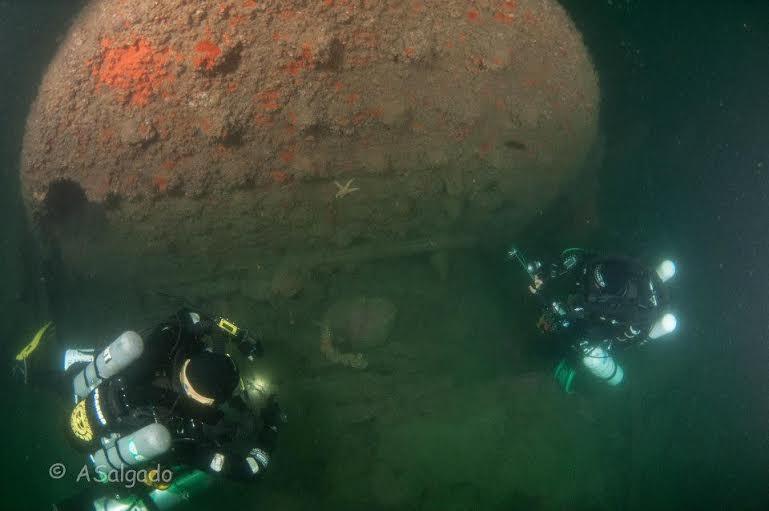 On April 24, 1917, the German Imperial Navy's SM U-35 submarine sank four ships in the service of the Allied forces, two Norwegians, one Danish and one Italian, off the Algarve, between Lagos and Sagres. This proves that it was not only in Africa and France that Portugal participated in World War I.
On April 24, 1917, the German Imperial Navy's SM U-35 submarine sank four ships in the service of the Allied forces, two Norwegians, one Danish and one Italian, off the Algarve, between Lagos and Sagres. This proves that it was not only in Africa and France that Portugal participated in World War I.
One hundred years later, this moment in history will be remembered in Sagres, with a dive into the wreckage of one of the ships sunk by the German submarine (only for experienced divers, due to the depth at which the wreckage is), the presentation of a book about the actions of the German submarine and the unveiling of a commemorative plaque at Porto da Baleeira.
This is a still little-known episode, whose contours have been unveiled, since 2014, by a team of researchers coordinated by commander Augusto Salgado and by historian Jorge Russo, who are analyzing the wreckage left by the attacks on the bottom of the Algarve sea.
On that day in 1917, in the midst of World War I, the German submarine sank the steam freighters SS Tree (Norwegian), the ships SS Nordson (Danish) and SS Wilhelm Krag (Norwegian) and the Italian sailboat Bienaime Prof. Luigi.
Captaining the German vessel was Commander Lothar von Arnauld de la Perière (1886-1941), known as “the ace of aces” and who may be responsible for the largest volume of sinking carried out to date by submarines, in tons. This submarine alone was responsible for putting 20 steamers and three sailboats on the seabed, according to existing records.
But don't think that he was a bloodthirsty commander. Lothar von Arnauld de la Perière was known as a gentleman, which gave time to the ships' crews to get out of harm's way, abandoning the ships before sinking them.
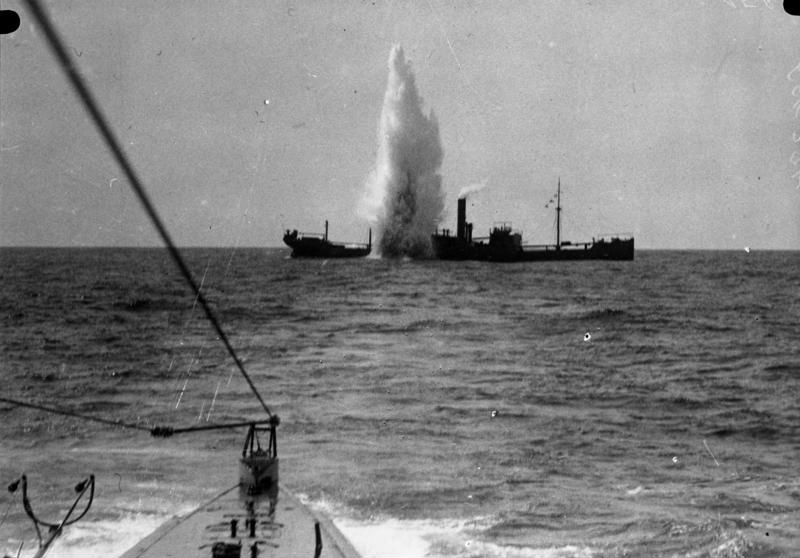
Defending the Algarve coast was only the steam tug «Galgo», hastily transformed for more defensive missions by the Portuguese Navy, but which it could do little or nothing, given the firepower of the German submarine…and because it was in Lagos when the first explosions were heard.
One of the ships, the SS Nordson, after being hit by the artillery pieces of the U-35 (which had exhausted the torpedoes and was on the surface shooting at its prey), ended up drifting and even headed towards the cliff, at Ponta dos Caminhos. It ended up being sunk with loads of explosives, placed on board by submarine crews. This is the ship that lies at the lowest depth, six to eight meters, according to the «Algarve Diving Guide», published in 2009 by Subnauta.
the italian sailboat Bienaime Prof. Luigi, which traveled between England and Genoa, on the busy Mediterranean route, was sunk on the afternoon of April 24, 1917, after the German submarine had already sent the three steamers to the bottom.
The wreckage of the Italian sailboat has not been located so far, as the U-35's logbook indicates its sinking in a position whose bottom is at great depth. Therefore, with the help of Portuguese ROV, investigators Augusto Salgado and Jorge Russo, with the collaboration of Paulo Costa, tried to locate the wreckage in May 2014 at more than 650 meters deep, taking advantage of “an opportunity mission, by courtesy” of the Mission Structure for the Extension of the Continental Shelf, aboard the NRP Gago Coutinho.
«Using technology of multibeam sounders and using for the first time, in Portuguese archeology», the use of an ROV (Remotely Operated Vehicle), the searches proved "unfruitful, despite the location of a wooden structure", but considered "impossible to relate to the sailboat at this stage", as explained by Augusto Salgado and Jorge Russo in an article published in the Portuguese magazine National Geographic Magazine, in August 2014.
But if the searches for the Italian wooden sailing ship did not yield great results, the same did not happen in relation to the metallic steamers.
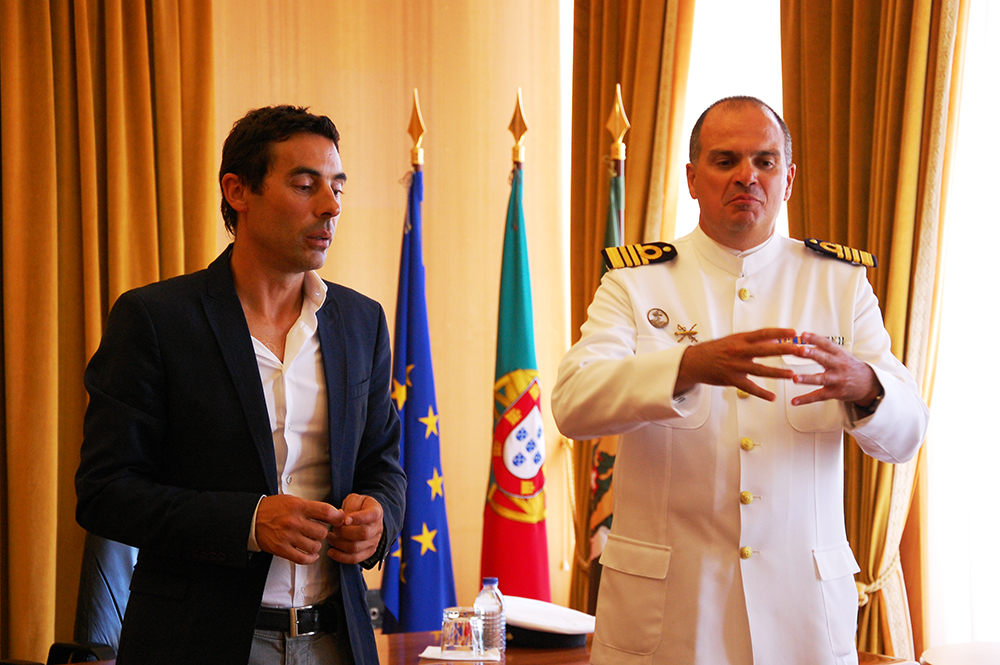
The studies of the wreckage of sunken ships off the Algarve coast, which began in 2014 and continued until the end of 2015, allowed us to gather a wide range of relevant information at an archaeological, historical-geographic and technological level.
The wreckage that is in the best condition is from the SS Tree, although, in the 70s of the last century, salvage companies removed much of the metal from this vessel. These are the few remains of this ship that will be visited now by divers, 100 years later, at a depth of about 30 meters.
And this is not just any dive: a century after the sinking, these remains are now considered heritage, being protected by the UNESCO Convention for the Protection of Underwater Cultural Heritage.
The analyzes carried out by the Naval Research Center and the Naval School, the entities responsible for this investigation, represent an important contribution to the knowledge of the submarine warfare strategy in Germany at this time of the Great War.
Commander Salgado stresses that, contrary to popular belief, this episode that took place in front of the Algarve demonstrates that World War I did not just happen "far away", "but was taking place right here next to us".
For its contribution to a better knowledge of European History, the work developed by the U-35 Project earned the Naval Research Center and the Naval School the award Adopt a Wreck Award 2015, awarded by the Nautical Society of Archeology (Nautical Archeology Society).
The investigation is supported by the Municipality of Vila do Bispo and the Algarve diving company Subnauta, among other entities.
Full program:
April 24th – Sagres
10:00 am – Presentation of the evocative book (Forte do Beliche)
10:45 am – Signature of an addendum to the protocol between the Vila do Bispo Council and the Naval School (Forte do Beliche)
11:45 am – Unveiling of the commemorative plaque (Porto da Baleeira), in Portuguese and English
12:00 – Visit of official entities to the wreckage sites
(Departure and arrival from Porto da Baleeira)
16:00 – Wreck diving (Porto da Baleeira)
(activity subject to maritime conditions and prior registration)
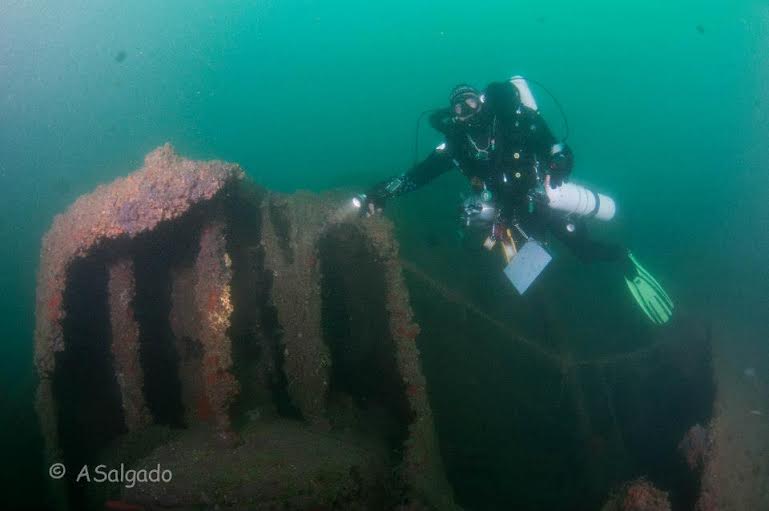
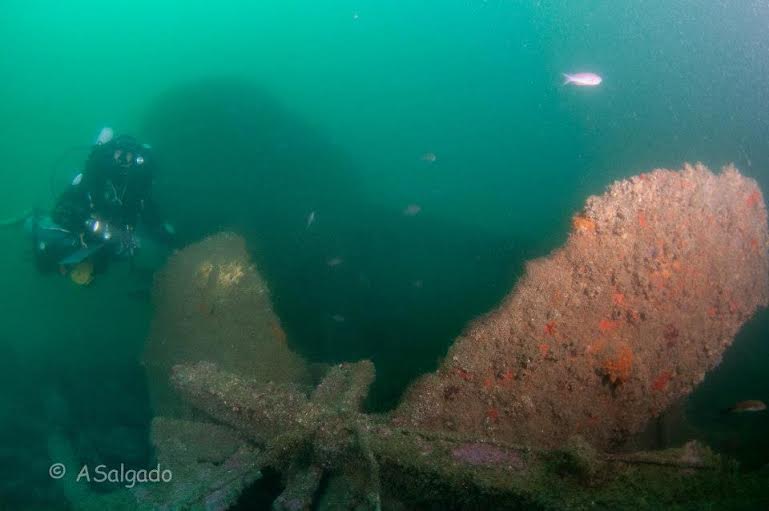
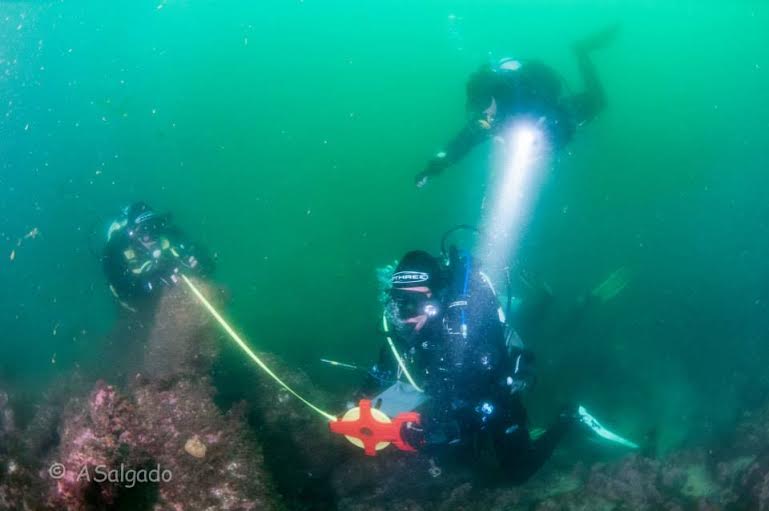
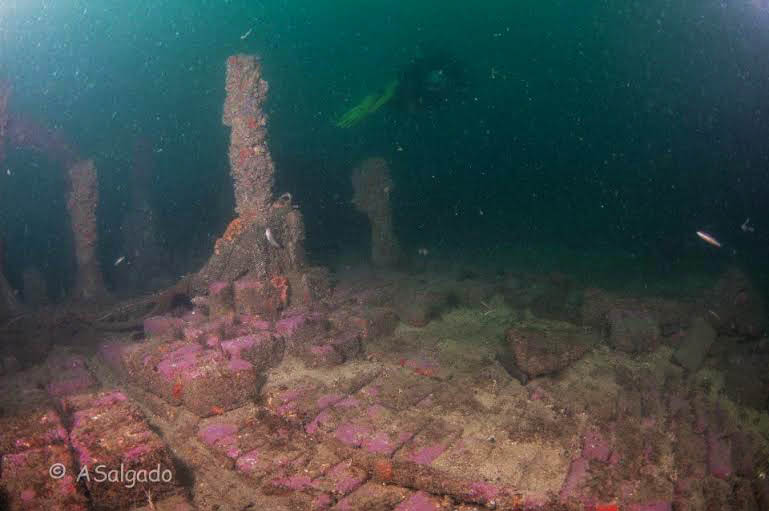
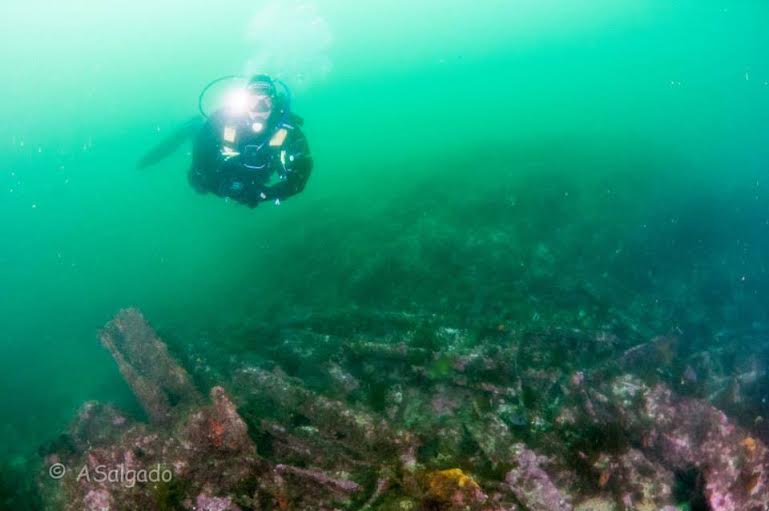
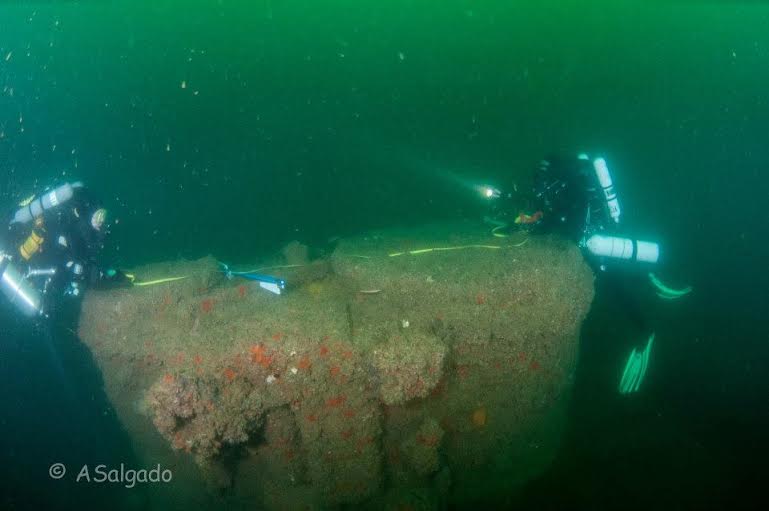
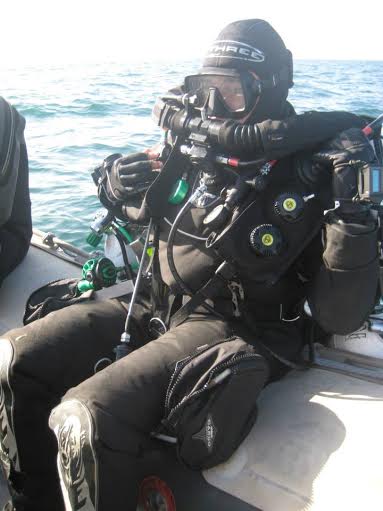
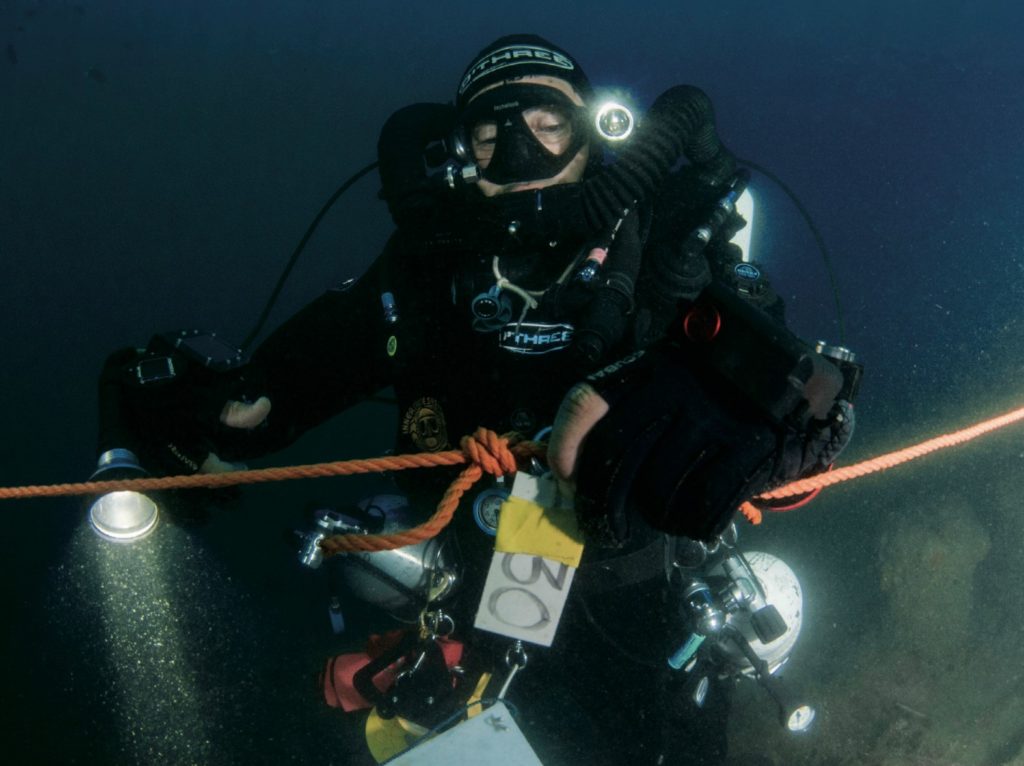


















Comments